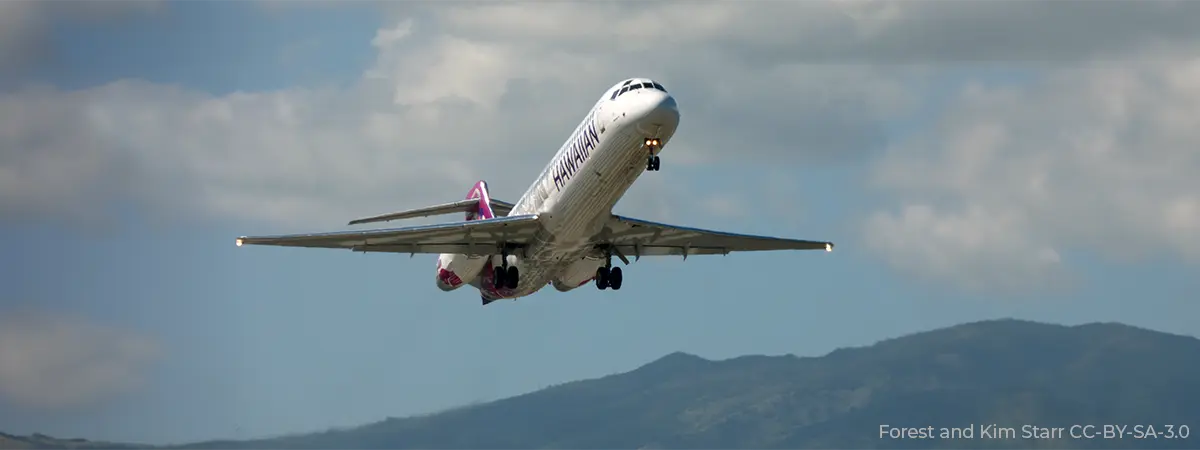Safety in air transport is a crucial issue that spans all the measures and procedures designed to guarantee the protection of passengers, crew, aircraft and airport facilities against a wide range of threats and risks. These threats include malicious acts, operational risks, mechanical faults and human error.
Safety in air transport is an essential component of the operation of global aviation and it requires governments, airlines, airports and international bodies to collaborate continuously.
Air safety is essential to protect the lives and well-being of the millions of people who use air transport every day. Any safety or security failure can lead to incidents of various magnitudes that are not desirable in any case.
Moreover, the perception of safety is also crucial if people are to trust in air transport. A robust safety system promotes passenger trust and contributes to the growth of the aviation industry.
Finally, aviation safety has a direct impact on the economy, since safety incidents can lead to significant financial losses due to interrupted operations, compensation and recovery costs.
For all these reasons, safety is a key aspect on which the entire aviation industry relies, from the way aircraft are designed to how they are operated.
Every day we see numerous advances in the aerospace industry thanks to research, development and innovation efforts. In addition, the certifications of all the components and processes provide an additional level of safety and quality. However, there is also an experimental evolution in aviation based on trial and error.
This is the result, above all, of the fact that, due to the magnitude and impact of aviation incidents, an extensive and meticulous investigation is always opened after any incident that typically leads to new measures being implemented to prevent it from happening again.
In this regard, a curious case is the evolution of the cockpit locking system in response to various incidents that have occurred in the past.
At the start of commercial aviation, safety in the cockpit was a secondary concern. Cockpits used to be open or had basic locks, indicative of a time when the threat of external interference was minimal. As aviation grew in popularity and became a means of global transport, the need to reinforce security became more evident.
9/11: The Turning Point
The terrorist attacks of 11 September 2001 ushered in a new era in aviation security. Before then, the hijacking of planes had not triggered such drastic changes in security policies. The scale of the attacks forced the industry and regulators to reconsider all aspects of air security.
One of the most significant changes was the introduction of reinforced cockpit doors. These doors, designed to withstand forced entry and bullets, became a mandatory standard for commercial airlines around the world. Ever since, the new doors have had multipoint closure systems. Made from high-strength composite materials, they are equipped with locking mechanisms that are electronically controlled from inside the cockpit.
Germanwings Flight 9525
Years later, in 2015, the tragic accident of Germanwings flight 9525 revealed the existence of a critical vulnerability in the cockpit locking system. In this case, the copilot waited for the captain to leave the cockpit to lock himself inside and deliberately crash the aeroplane into the French Alps. This event underscored the need to balance security against external intruders with the crew’s ability to intervene in the event of an internal emergency.
Following this incident, several airlines reviewed their procedures, adopting policies such as always requiring two crew members to be in the cockpit. In addition, other advanced systems have been considered to allow access to the cockpit in emergency situations, supervised and authorised from the ground.
Commitment to safety
The evolution of the cockpit locking system reflects a continuous commitment to aviation security. Each incident and every innovation reminds us of the importance of constantly adapting and improving. From the radical changes since 9/11 to the latest technologies in development, the aviation industry continues to advance, learning and adapting to protect those who rely on air transport.
Safety in air transport is an essential component for the operation of global aviation. It requires governments, airlines, airports and international bodies to continuously collaborate in order to adapt and respond effectively to emerging threats, thus ensuring a safe environment for all air transport users.



